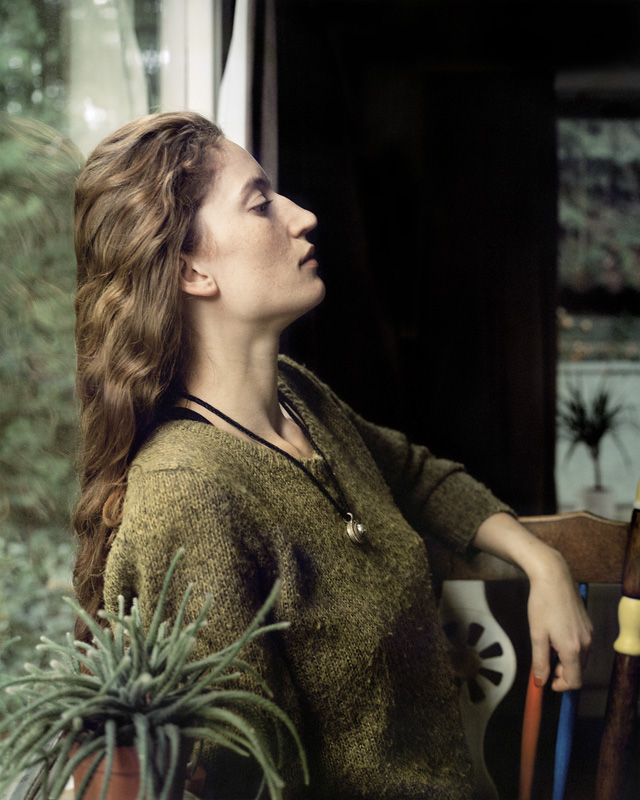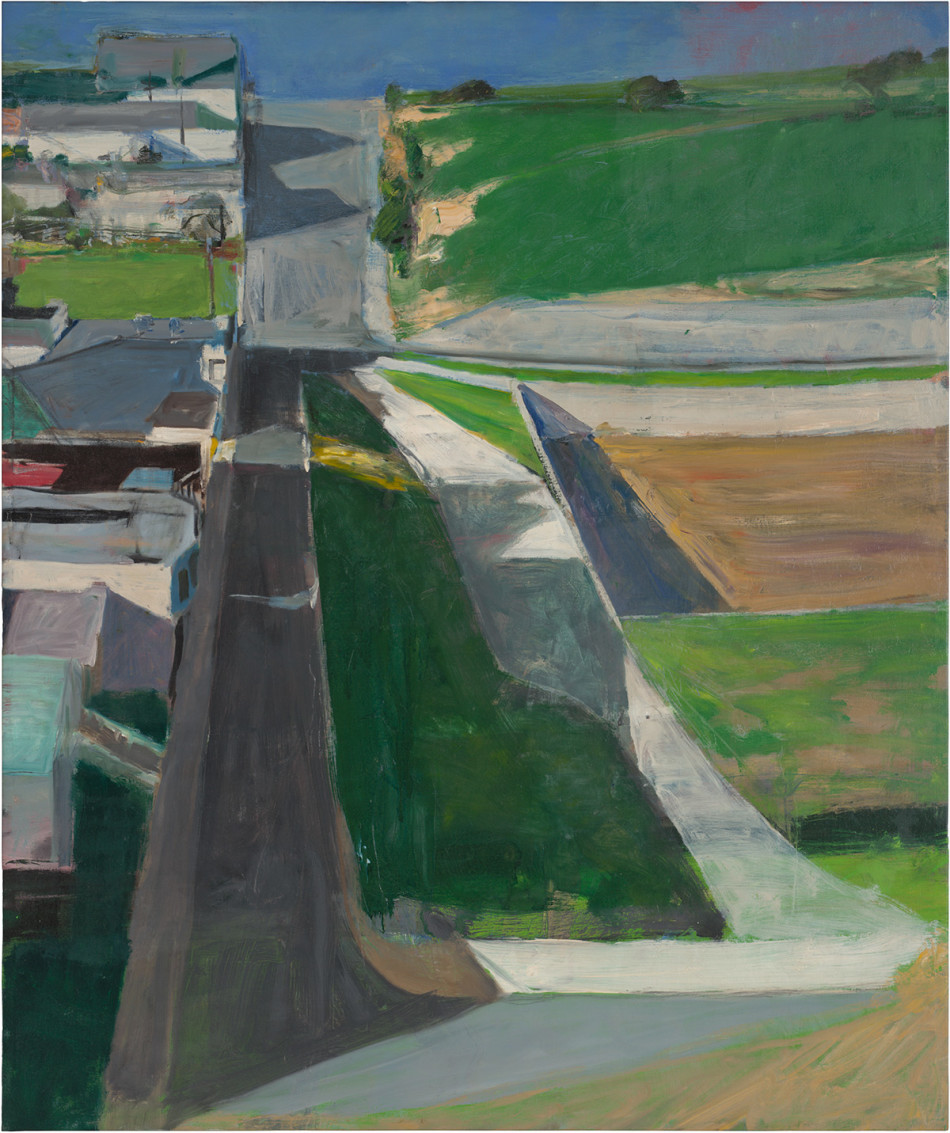It’s been a busy summer for me and unfortunately this blog has had an enforced hiatus following the sudden demise of my laptop, lots of fun travel and moving house rendering me temporarily without internet connection. However, these disruptions have not stopped me from visiting interesting exhibitions, seeing great films and theatre and reading a mountain of books! I therefore thought I’d do a quick round up of highlights from the last few months so that I still got to talk about them.
This exhibition at the National Portrait Gallery is one that I love to return to year after year as I am continually surprised by the variety of how representation of the human form c an be approached. I may not always agree with the judges’ decision, this year some of my favourites were not even placed or commended, but this exhibition really does force the viewer to keep reassessing portraiture’s position in modern society. Descriptions accompanying the paintings highlight how different artists view the medium, with some attempting to provide a new interpretation on an age old tradition while others aim to show previously neglected subjects who might not have been treated to the same level of detail by previous painters. We no longer need it to record a likeness since photography is instant and accurate and often painted portraits do not even try to depict reality, featuring impossible shadows or proportions. This exhibition is sadly over but you can view all the portraits here so don’t worry about missing out!
an be approached. I may not always agree with the judges’ decision, this year some of my favourites were not even placed or commended, but this exhibition really does force the viewer to keep reassessing portraiture’s position in modern society. Descriptions accompanying the paintings highlight how different artists view the medium, with some attempting to provide a new interpretation on an age old tradition while others aim to show previously neglected subjects who might not have been treated to the same level of detail by previous painters. We no longer need it to record a likeness since photography is instant and accurate and often painted portraits do not even try to depict reality, featuring impossible shadows or proportions. This exhibition is sadly over but you can view all the portraits here so don’t worry about missing out!
 Shoes are an essential part of any outfit, no matter how fashion conscious one might be, to protect the feet and ensure that any journey by foot is without hazards. However, the V&A’s current exhibition (open until the 31st of January 2016) illustrates how little this practicality can matter when aesthetics and style are brought into consideration. It demonstrated that shoes have never been solely practical items, with absurd pointed shoes from medieval courts, tiny slippers for the bound feet of Chinese women and delicately embroidered Regency mules. The shoes only became yet more intricate as the centuries progress and I particularly enjoyed the video sequence towards the end which interviewed modern cobbler greats, such as Manolo Blahnik and Sandra Choi. They suggested some of the reasons that might lead someone to choose a glittering set of heels over the latest trainers despite the practicalities of life. It made me reassess my current footwear choices and perhaps my next shoebox will contain something suitably daring…
Shoes are an essential part of any outfit, no matter how fashion conscious one might be, to protect the feet and ensure that any journey by foot is without hazards. However, the V&A’s current exhibition (open until the 31st of January 2016) illustrates how little this practicality can matter when aesthetics and style are brought into consideration. It demonstrated that shoes have never been solely practical items, with absurd pointed shoes from medieval courts, tiny slippers for the bound feet of Chinese women and delicately embroidered Regency mules. The shoes only became yet more intricate as the centuries progress and I particularly enjoyed the video sequence towards the end which interviewed modern cobbler greats, such as Manolo Blahnik and Sandra Choi. They suggested some of the reasons that might lead someone to choose a glittering set of heels over the latest trainers despite the practicalities of life. It made me reassess my current footwear choices and perhaps my next shoebox will contain something suitably daring…
This is a film that I have been looking forward to for a long time, especially since I watched Frances Ha in April. I am pleased to report that I was not disappointed in the slightest although it turned out to be a very  different film to what I originally expected to see. The trailer suggests that the film, directed by Noah Baumbach, will focus on how Tracy (Lola Kirke) and Brooke’s (Greta Gerwig) relationship as new found sisters develops with New York as a background. Instead the plot quickly sweeps Tracy and the viewer up into the whirlwind of Brooke’s life as she bubbles over with ideas of how she will make her name, fortune or both. As a shy freshman in college, Tracy admires Brooke’s enthusiasm and willingness to try anything and tries to emulate her by creating a more assertive and carefree demeanour. However, this all ends in a denouement which is both comic and dramatic and is worth the price of the film (whether cinema ticket or DVD) alone.
different film to what I originally expected to see. The trailer suggests that the film, directed by Noah Baumbach, will focus on how Tracy (Lola Kirke) and Brooke’s (Greta Gerwig) relationship as new found sisters develops with New York as a background. Instead the plot quickly sweeps Tracy and the viewer up into the whirlwind of Brooke’s life as she bubbles over with ideas of how she will make her name, fortune or both. As a shy freshman in college, Tracy admires Brooke’s enthusiasm and willingness to try anything and tries to emulate her by creating a more assertive and carefree demeanour. However, this all ends in a denouement which is both comic and dramatic and is worth the price of the film (whether cinema ticket or DVD) alone.
 Two involuntarily impoverished gentlemen have settled on a scheme to trick a rich provincial heiress to marry one of them by posing as a rich man travelling with his manservant before splitting the resulting dowry. However, this quickly descended into chaos as it is revealed they are not the only characters with hidden motives and they also soon learn that sometimes the head might be ruled by the heart, even when faced with mountains of gold. I thought Samuel Barnett as Mr Aimwell and Geoffrey Streatfeild as Mr Archer created a believable and dynamic partnership as they tried to stay ahead of those around them. I also felt that the play really came alive with the addition of the songs, which I hadn’t initially expected. A particular favourite was the ‘It’s a Trifle’ song which I’m sure nearly every audience member left the theatre humming. Although the run of this particular play has now finished it is scheduled to be shown in cinemas shortly as part of the National Theatre’s national programme so if you can get tickets I would definitely recommend it!
Two involuntarily impoverished gentlemen have settled on a scheme to trick a rich provincial heiress to marry one of them by posing as a rich man travelling with his manservant before splitting the resulting dowry. However, this quickly descended into chaos as it is revealed they are not the only characters with hidden motives and they also soon learn that sometimes the head might be ruled by the heart, even when faced with mountains of gold. I thought Samuel Barnett as Mr Aimwell and Geoffrey Streatfeild as Mr Archer created a believable and dynamic partnership as they tried to stay ahead of those around them. I also felt that the play really came alive with the addition of the songs, which I hadn’t initially expected. A particular favourite was the ‘It’s a Trifle’ song which I’m sure nearly every audience member left the theatre humming. Although the run of this particular play has now finished it is scheduled to be shown in cinemas shortly as part of the National Theatre’s national programme so if you can get tickets I would definitely recommend it!
This autumn I already have plans for reading lists, exhibitions, theatre visits and many more so expect to hear from me again soon!



 an be approached. I may not always agree with the judges’ decision, this year some of my favourites were not even placed or commended, but this exhibition really does force the viewer to keep reassessing portraiture’s position in modern society. Descriptions accompanying the paintings highlight how different artists view the medium, with some attempting to provide a new interpretation on an age old tradition while others aim to show previously neglected subjects who might not have been treated to the same level of detail by previous painters. We no longer need it to record a likeness since photography is instant and accurate and often painted portraits do not even try to depict reality, featuring impossible shadows or proportions. This exhibition is sadly over but you can view all the portraits
an be approached. I may not always agree with the judges’ decision, this year some of my favourites were not even placed or commended, but this exhibition really does force the viewer to keep reassessing portraiture’s position in modern society. Descriptions accompanying the paintings highlight how different artists view the medium, with some attempting to provide a new interpretation on an age old tradition while others aim to show previously neglected subjects who might not have been treated to the same level of detail by previous painters. We no longer need it to record a likeness since photography is instant and accurate and often painted portraits do not even try to depict reality, featuring impossible shadows or proportions. This exhibition is sadly over but you can view all the portraits 
 different film to what I originally expected to see. The trailer suggests that the film, directed by Noah Baumbach, will focus on how Tracy (Lola Kirke) and Brooke’s (Greta Gerwig) relationship as new found sisters develops with New York as a background. Instead the plot quickly sweeps Tracy and the viewer up into the whirlwind of Brooke’s life as she bubbles over with ideas of how she will make her name, fortune or both. As a shy freshman in college, Tracy admires Brooke’s enthusiasm and willingness to try anything and tries to emulate her by creating a more assertive and carefree demeanour. However, this all ends in a denouement which is both comic and dramatic and is worth the price of the film (whether cinema ticket or DVD) alone.
different film to what I originally expected to see. The trailer suggests that the film, directed by Noah Baumbach, will focus on how Tracy (Lola Kirke) and Brooke’s (Greta Gerwig) relationship as new found sisters develops with New York as a background. Instead the plot quickly sweeps Tracy and the viewer up into the whirlwind of Brooke’s life as she bubbles over with ideas of how she will make her name, fortune or both. As a shy freshman in college, Tracy admires Brooke’s enthusiasm and willingness to try anything and tries to emulate her by creating a more assertive and carefree demeanour. However, this all ends in a denouement which is both comic and dramatic and is worth the price of the film (whether cinema ticket or DVD) alone.








